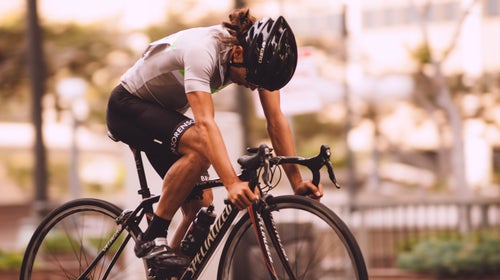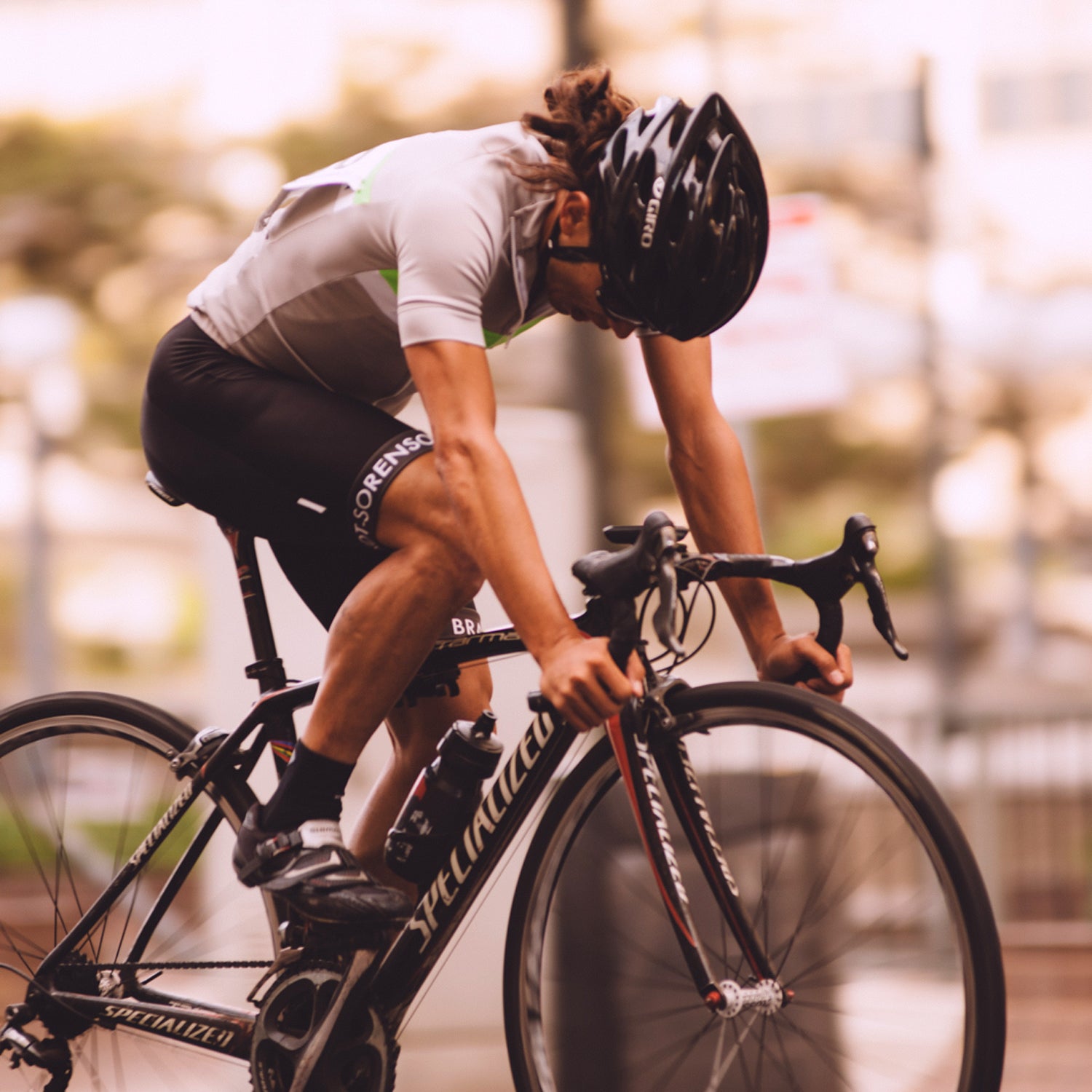Not as much as you probably think.
When you’re hours into a ride and you’re climbing a steep hill, it may feel like the weight of the bike underneath you is seriously slowing you down. But shaving off a few ounces, which often involves buying more expensive parts, will just save you a few seconds. And it’s certainly not the most efficient or cost-effective way to chase speed.��
Jim Gourley, a triathlete with an aerospace engineering degree from the U.S. Air Force Academy, tackles this topic in his book . In fact, he did the math to see just how much speed a cyclist can save with a lighter bike.
For starters, he estimates that switching from an entry-level road or hybrid bike with an aluminum frame to a top-of-the-line carbon racing bike with the lightest components on the market can save you about three pounds. Then he calculates how long it will take a cyclist riding four different bikes—15-, 16-, 17-, and 18-pounds—to get up a mile-long hill.
Even at the steepest grade he tested (7 percent), a one-pound difference between bikes —and the lightest bike only reaches the top 7.5 seconds faster than the heaviest one. “Over the course of an hours-long race, a few seconds per climb is not a significant advantage,” he writes, at least not to an amateur cyclist or age-group triathlete. (If you’re racing the Tour de France and are neck-and-neck with your competitors, that’s another story.) And, it’s worth noting, even these small advantages dissipate as the course gets flatter.
“Everyone wants sexy, super light bikes, but good legs are sexy too. I see a lot of people with expensive bikes but they have cheap legs. It’s like driving a Corvette with a two-cylinder engine.”
“A lot of equipment manufacturers will tell you that their handlebars are 20 grams lighter than their competitor’s,” Gourley says. “But you need to be measuring differences in pounds to make any kind of noticeable change. A difference of 20 grams matters to NASA getting to the moon, but it’s not going to make a lick of difference to you trying to make a breakaway.”
One reason bike weight doesn’t matter much is because it’s only part of the total weight you’re carrying, says , PhD, associate professor of exercise and sport science at the University of Utah. “It’s easy to look at a 20-pound bike and a 15-pound bike and say, ‘Wow, I’m saving 25 percent!'” he says. “But it’s really just five pounds off your bike weight plus your own body weight plus your clothing, your water bottles, your Gu, everything you’ve got on the bike. So it ends up being a much smaller percentage than it seems.”
And even though a lighter bike has a slight advantage over a heavier one, any lead it achieves up a hill will be partially cancelled out on the way down. (A heavier bike won’t make up the entire difference, especially if the downhill requires breaking, but it will accelerate slightly faster than a lighter one.)
A much more efficient—and economical—way to lighten your load is to shed body weight, says Gourley, not bike weight. (That’s assuming you have at least a few extra pounds to lose—which, let’s be honest, most of us do.) Not only will it reduce your overall weight by a larger percentage, but it will also increase your VO2 max, which can automatically give you more power. Building leg strength is important, too.
“Everyone wants sexy, super light bikes, but good legs are sexy too,” he says. “I see a lot of people with expensive bikes but they have cheap legs. It’s like driving a Corvette with a two-cylinder engine.”
If you really want to upgrade your current ride without spending a lot of cash, there is one thing you should focus on: aerodynamics. “There’s a saying in the cycling community that aero trumps weight, and I agree completely with that,” says Martin. And while shaving your legs or buying an aerodynamic frame, helmet, or wheels can make you slightly faster, you’ll get the biggest bang for your buck by adding aero bars��if you’re racing on a course that allows them, and adjusting your position on the bike.����
“If you can reduce your frontal area by 10 percent, you’ll also reduce drag by that much,” he says. “The position of your elbow pads, where you put your arms on the bars, the way you hold your head—these are the things that make the biggest difference and are usually pretty easy fixes.”
This holds true no matter what speed you ride, he adds. “There’s this pervasive notion that aerodynamics doesn’t matter if you ride below a certain speed, like 18 or 20 miles an hour. But the irony is that it can matter even more to slower riders, because they’re out on the course that much longer.” Reducing drag by 10 percent on a 90-minute 40K ride can save nine minutes, he explains; for someone who does it in 50 minutes, it only saves five.
Bottom line: A lighter bike may save you a few seconds per climb. But if you really want to get faster, there are better ways to spend your energy and money, like shedding bodyweight, upgrading your wheels, and making your bike more aerodynamic.


